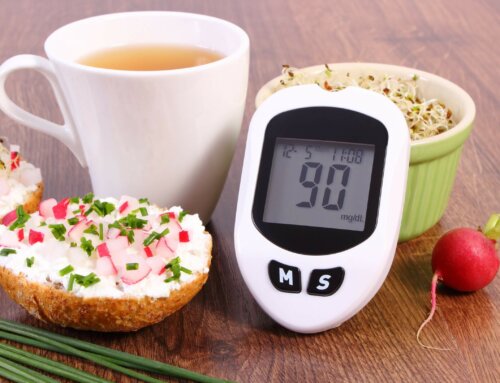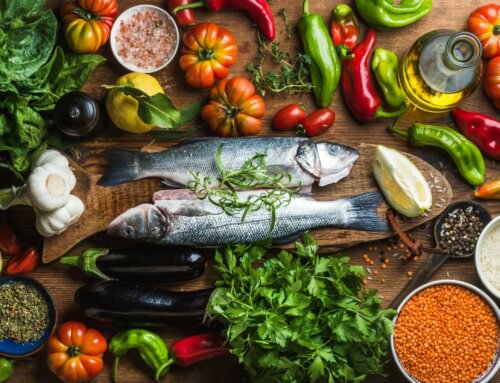It’s an age-old food question: which is better or worse, calories or carbohydrates?
Making healthy food choices while shopping, dining out or preparing food can be hard work. Below I’d like to share some food facts and suggestions pertaining to calories and carbs to help you continue to make the right decisions.
Let’s begin with nuts. Whatever nut you choose, it will be a healthy choice, unless you eat too many of them. Did you know that only 24 almonds have 170 calories? One tiny little ounce of nuts, equaling a small handful, adds up to many calories. Remember that 500 calories deducted each day will allow you to drop a pound a week (7 days in a week x 500 = 3,500 calories in a pound).
Suggestion: If one ounce of nuts will not satisfy you, then combine ½ ounce of nuts with fruit or yogurt. This will reduce the calories from the nuts and the carbohydrates from the fruit or yogurt.
Next is pasta. Whole wheat pasta is a better choice since it is more wholesome as it contains more fiber and nutrition than traditional pasta. However, the amount of carbohydrates remains nearly the same whether it is whole wheat or traditional pasta. One-third of a cup of cooked pasta – a miniscule amount – breaks down into 4 teaspoons of sugar (that’s 1 tablespoon plus 1 teaspoon) and contains 200 calories. That portion is about the size of a baseball. A typical serving in a restaurant would hold 3-4 times that amount. Measure it once and then eyeball it for the next time you make yourself pasta.
Suggestion: Make 1 ½ cups of cooked wholegrain pasta and add veggies like onion, zucchini, eggplant, spinach, mushrooms or anything you prefer for a primavera-style pasta. This will significantly reduce the calories and the carbohydrates. One-third cup of cooked pasta may have 15 grams of carbs but ½ cup of cooked vegetables has only 5 grams of carbs. Plus, the pasta has 65 calories and the veggies only have 25 calories. I prefer having 1 cup of pasta (200 calories) and adding 2 cups of veggies (100 calories).
Olive oil. It’s so good for you, and if you use 1 tablespoon it’s 120 calories. The larger the salad or the stir-fry dish, the more of that wonderful oil you will add, along with all of the mono-unsaturated fats and calories too. There are no carbohydrates in oil and other fats but the calories are surely there. In fact, one gram of fat has 9 calories while one gram of protein or carbohydrate only contains 4 calories. One-quarter cup of oil is 4 tablespoons and almost 500 calories!
Suggestion: Be aware of the amount of oil you are using. Measure the oil before adding to your salad or to stir-fry or pan-fry any foods. You can also try an oil spray to cut back on the amounts you use.
How many carbohydrates are in a bagel? There are approximately 60 grams (5 tablespoons of sugar) of carbohydrates and 320 calories in a bagel. That’s not even counting what we put on top of the bagel!
Suggestion: Have ½ bagel and add a slice of low-fat cheese and/or an egg. One whole grain English Muffin is equal to ½ a bagel or 2 slices of bread (try rye or pumpernickel or wholegrain bread). My favorite is one poached egg, one slice of tomato, and one slice low-fat cheese on a toasted wholegrain English Muffin. The total of calories for this satisfying breakfast is under 300 calories!
Finally, let’s talk about fruit. One serving of fruit has approximately 60 calories and 15 grams of carbohydrates. One fruit serving can be ½ small mango, 1 cup of raspberries, or 17 small grapes or 12 cherries. Be careful of fruit juice. Only 1/3 – ½ cup of most fruit juice has 75 calories and 15 grams of carbs (4 teaspoons of sugar). Think of how quickly you can gulp down just a small amount of juice – which is over one tablespoon of sugar.
Suggestion: Enjoy fruit but watch the serving size (food exchanges list fruit servings). Mix the fruit with ½ ounce of nuts or an ounce of low-fat cheese. Remember, the calories add up quickly with nuts or cheese but the sugar adds up quickly with the fruit. It’s best to combine these food groups.












Leave A Comment